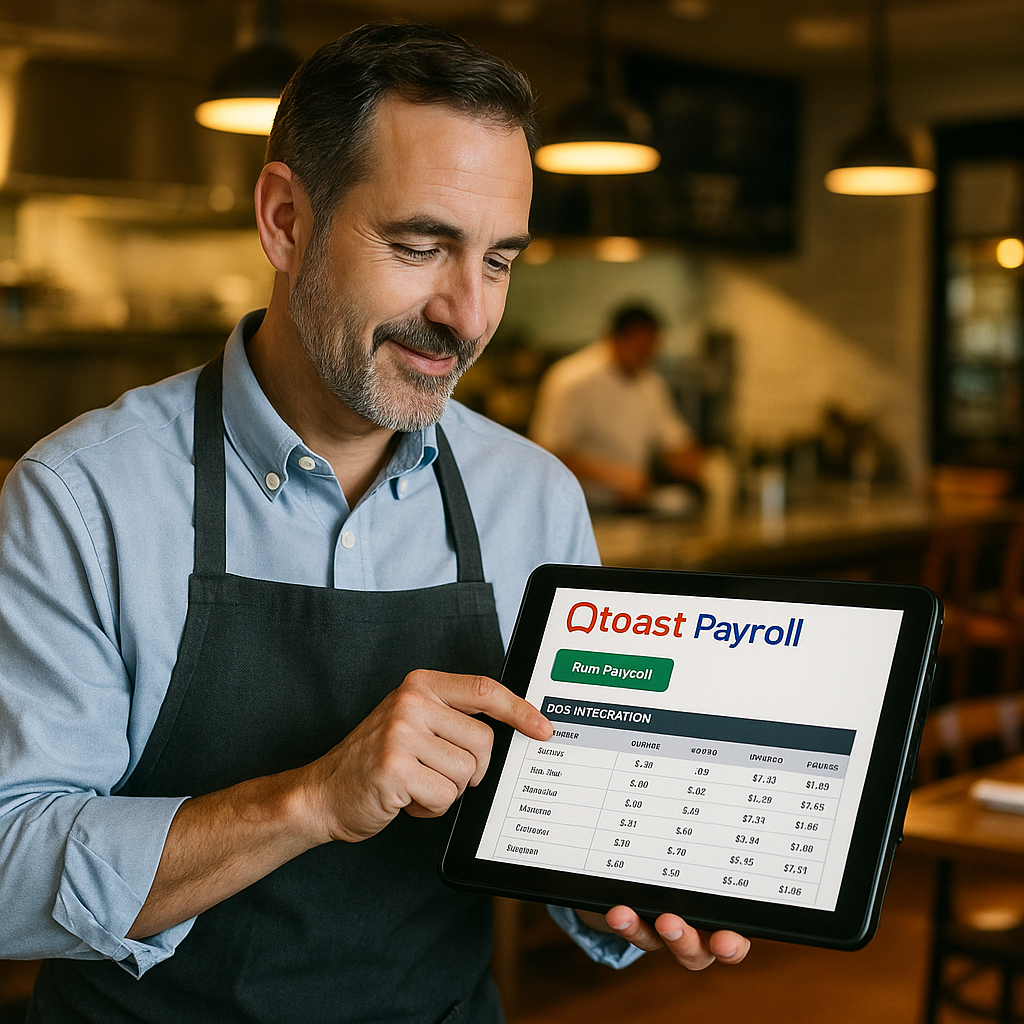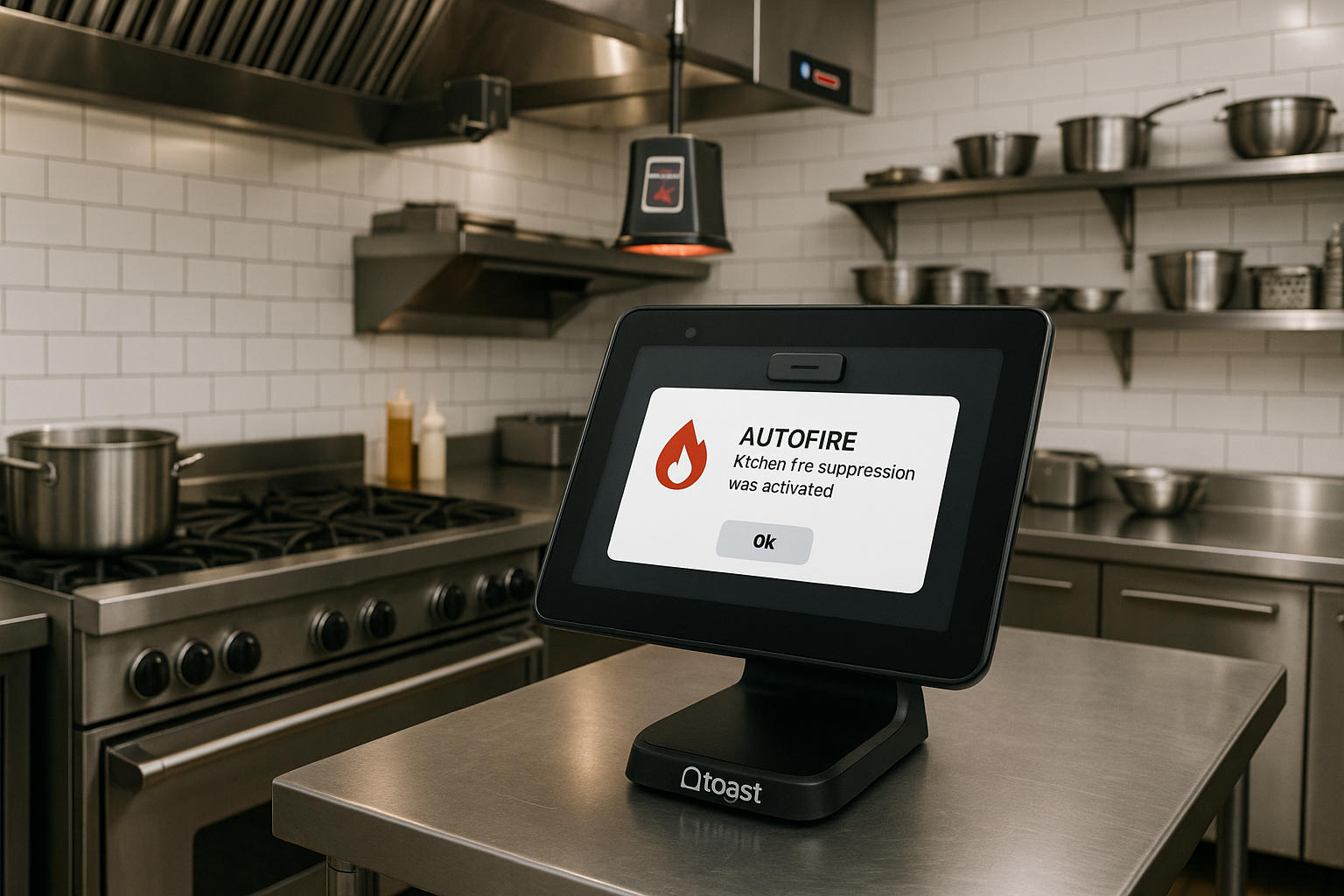Introduction to Clover’s Inventory Management System
Introduction: In the competitive landscape of the restaurant industry, effective inventory management is crucial for success. Clover’s inventory system, integrated with its powerful app Shopventory, excels in offering features that streamline operations for food businesses. With a focus on automation, Clover provides tools that not only simplify stock tracking but also enhance decision-making through insightful analytics. This article delves into the standout inventory features that make Clover a preferred choice for restaurateurs.
Clover’s system is designed to meet the unique challenges faced by food businesses, from managing stock levels to identifying sales trends. With features tailored to the food industry, such as tracking perishables, Clover ensures that restaurants can maintain optimal inventory without the risk of waste. The integration of Shopventory enables users to automate time-consuming tasks, allowing restaurant staff to focus on providing excellent service rather than managing inventory manually.
In summary, Clover’s inventory management capabilities position it as a leader in the POS industry. With an emphasis on user-friendliness and robust features, food businesses can rest assured that their inventory is in capable hands. As we explore the various functionalities of Shopventory, you will see how these tools can revolutionize the way restaurants handle their stock.
Automating Your Inventory Management with Shopventory
Automating inventory management is one of the most significant advantages that Clover, through Shopventory, offers to food businesses. This feature allows restaurant owners to set up automated stock alerts and reorder levels, ensuring they never run out of critical ingredients. By minimizing manual entry and oversight, Clover reduces the potential for human error, allowing staff to allocate more time towards customer service and food preparation.
Moreover, the automation features extend to tracking sales data, which can significantly enhance inventory forecasting. With accurate data at their fingertips, restaurant managers can make informed decisions about purchasing and managing stock levels. This ability to analyze past sales trends empowers businesses to optimize their inventory, ultimately leading to improved profitability and reduced waste.
In conclusion, Clover’s automation capabilities not only streamline inventory management but also enhance operational efficiency. By leveraging the power of Shopventory, food businesses can maintain a competitive edge, ensuring they meet customer demands without compromise.
Key Features: Bulk Editing and Sales Trend Analysis
Clover’s inventory management system shines in its ability to facilitate bulk editing, a feature that is especially beneficial for restaurants with extensive menus. Typically, managing numerous items can be a daunting task; however, Clover simplifies this process by allowing users to edit multiple items simultaneously. This capability saves time and ensures consistency across the inventory, enabling restaurant managers to quickly update prices or descriptions without tedious manual adjustments.
Additionally, Clover provides robust sales trend analysis tools, which allow businesses to spot patterns and adjust their inventory accordingly. By understanding what items are selling well or which are underperforming, restaurants can make data-driven decisions to optimize their menu offerings. This real-time insight into sales trends helps restaurants to not only minimize waste but also enhance customer satisfaction by ensuring popular items are always in stock.
In summary, the combination of bulk editing and sales trend analysis within Clover’s inventory management system positions it as an essential tool for food businesses. By harnessing these features, restaurant owners can ensure operational efficiency and maximize their profitability.
Tracking Expiration Dates for Perishable Items
One of the standout features of Clover’s inventory management system is its capability to track expiration dates for perishable items. This function is particularly vital for the food industry, where managing the longevity of ingredients can directly impact both menu quality and customer safety. Clover allows restaurant staff to set expiration dates for each item, sending alerts when products are nearing their expiry, thus minimizing the risk of serving expired food.
Moreover, this feature enhances inventory turnover, enabling restaurants to manage their stock proactively. By effectively tracking perishables, businesses can ensure that they use ingredients before they go bad, reducing waste and saving money. The ability to monitor expiration dates also fosters a culture of food safety, which is paramount in the restaurant industry.
In conclusion, Clover’s capability to track expiration dates not only contributes to better inventory management but also ensures that food businesses uphold the highest standards of quality and safety. This feature is indispensable for any restaurant aiming to succeed in a market where customer health and satisfaction are paramount.
Conclusion: Embrace the Future of Inventory Management
Conclusion: In today’s fast-paced restaurant environment, efficient inventory management is not just an option; it’s a necessity. Clover’s innovative inventory features, particularly through its Shopventory app, provide a comprehensive solution for food businesses looking to optimize their operations. From automation and bulk editing to tracking expiration dates, Clover equips restaurant owners with the tools they need to streamline their inventory processes.
By implementing these advanced inventory management capabilities, food businesses can reduce waste, enhance profitability, and maintain high standards of customer service. As the restaurant industry continues to evolve, embracing technology like Clover will be essential for staying competitive and meeting the ever-changing demands of consumers.
In closing, investing in Clover’s inventory management technology is not merely an upgrade; it’s a strategic move towards the future of restaurant operations.

